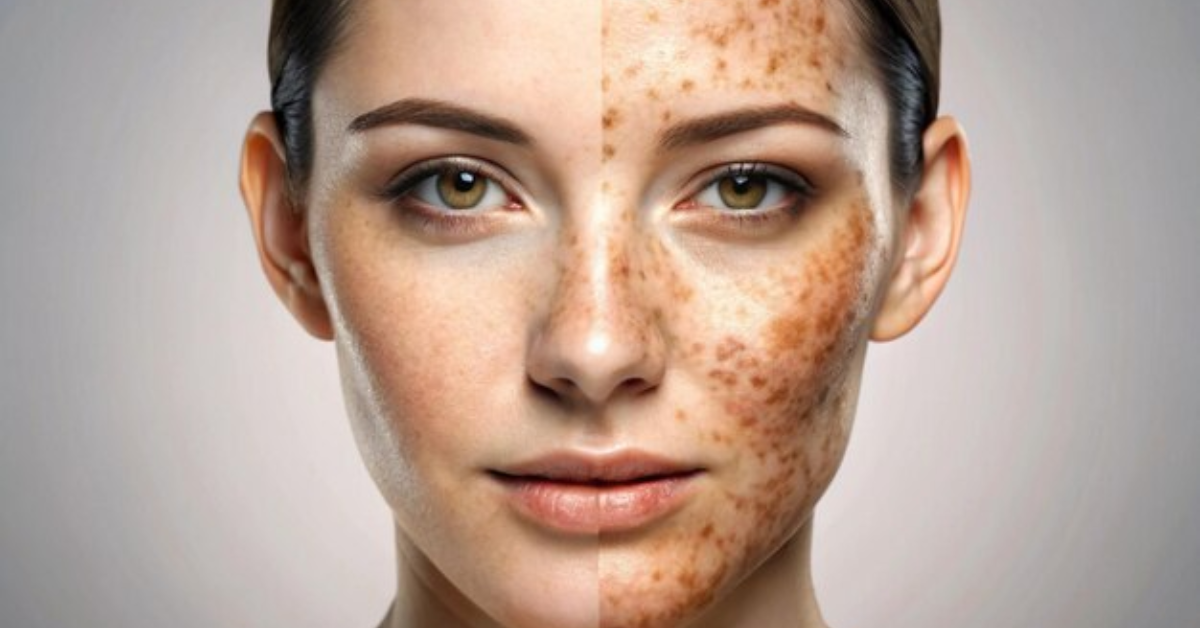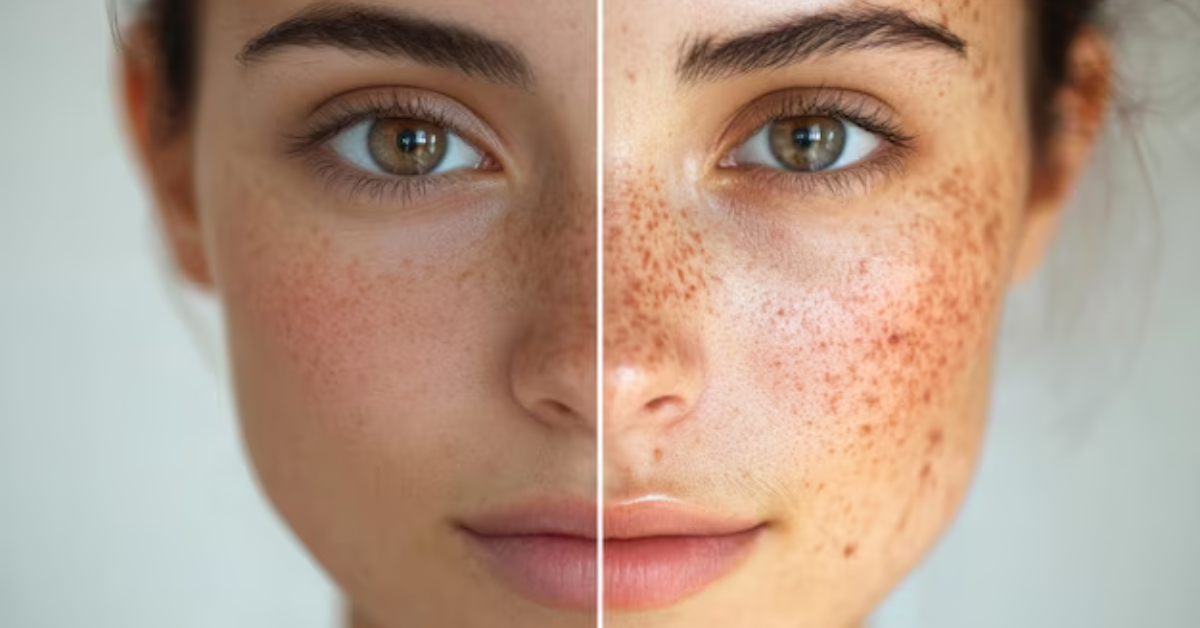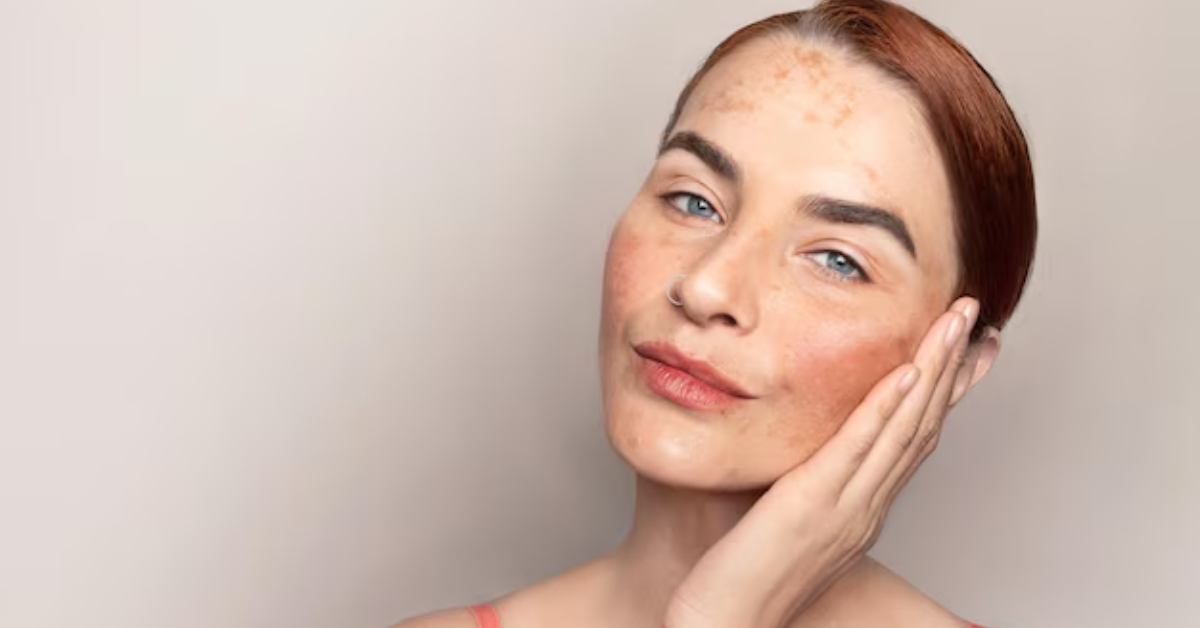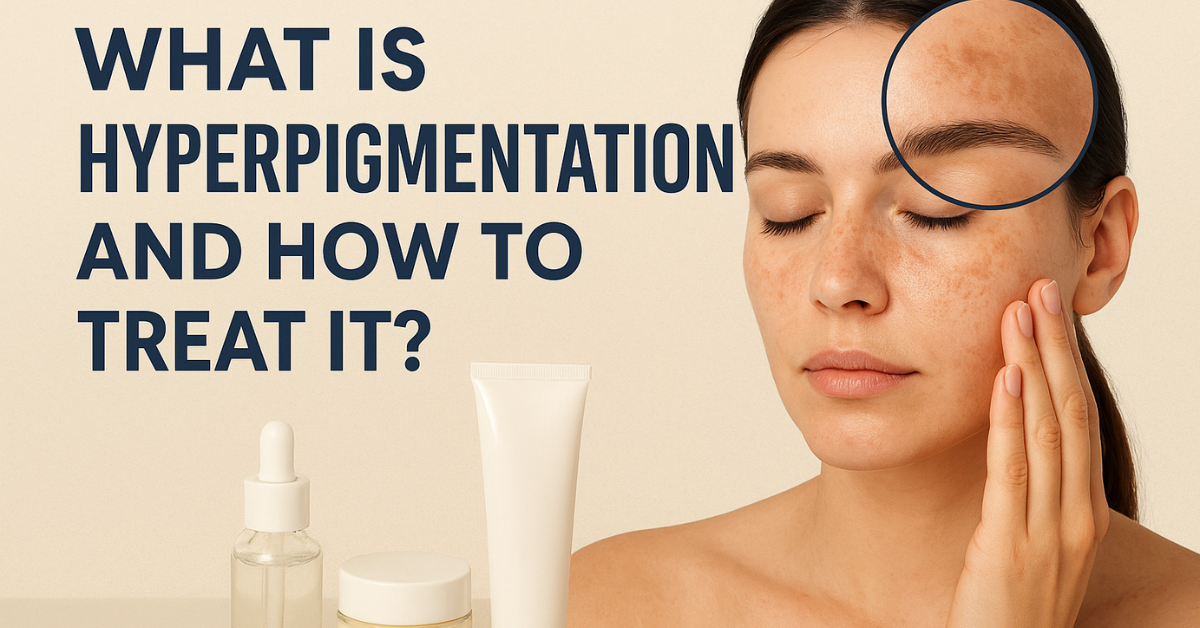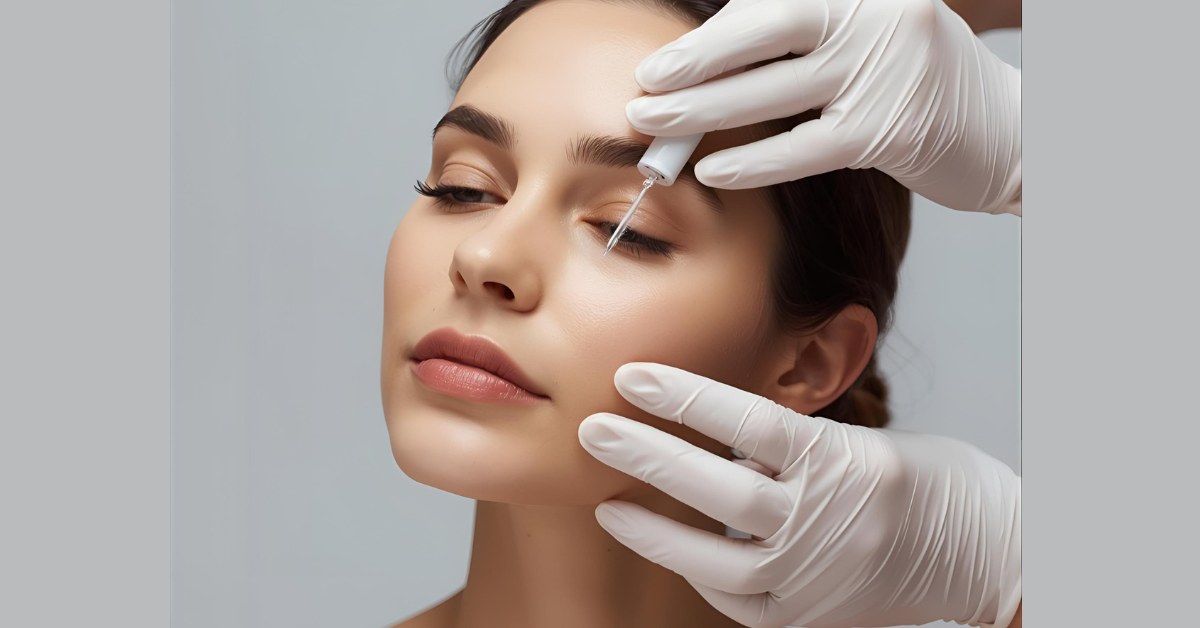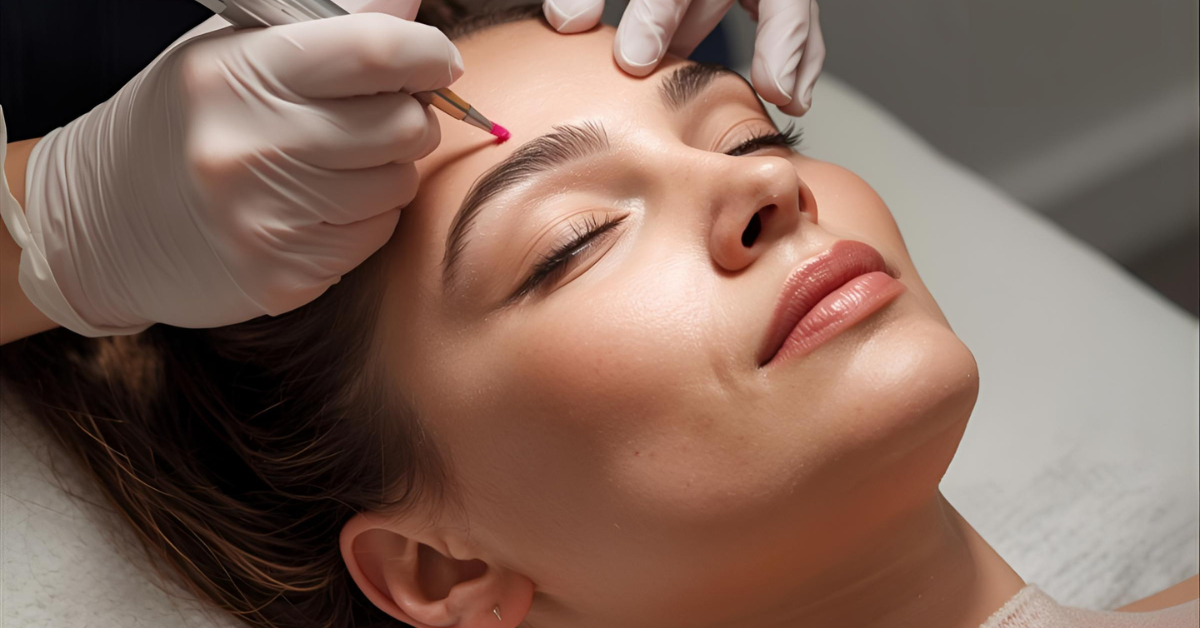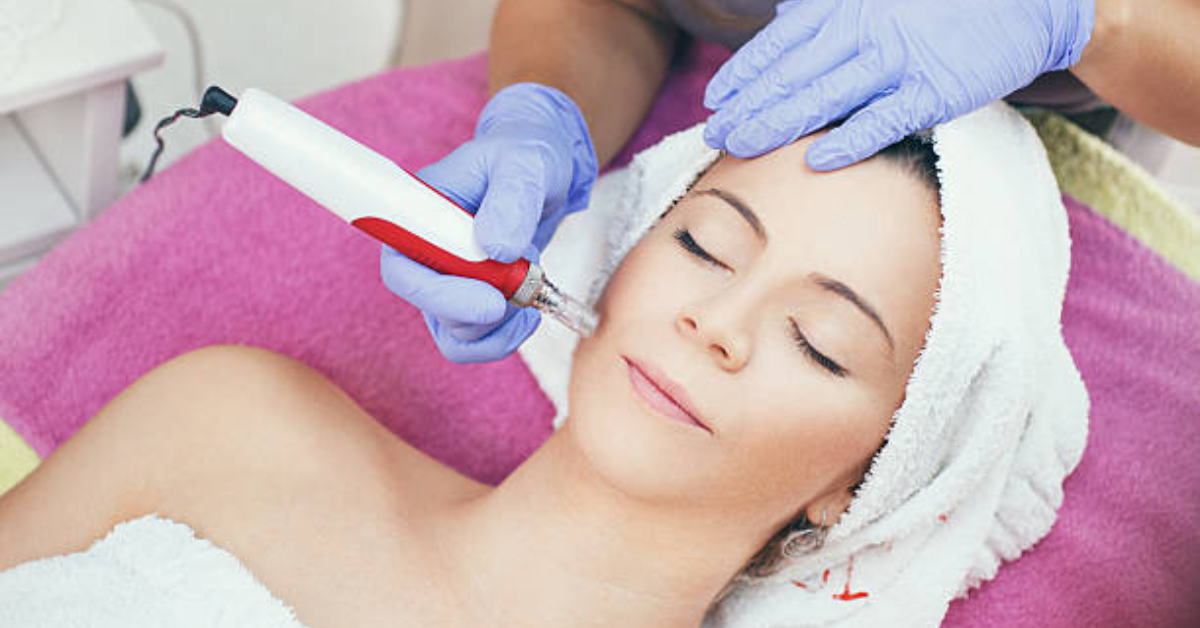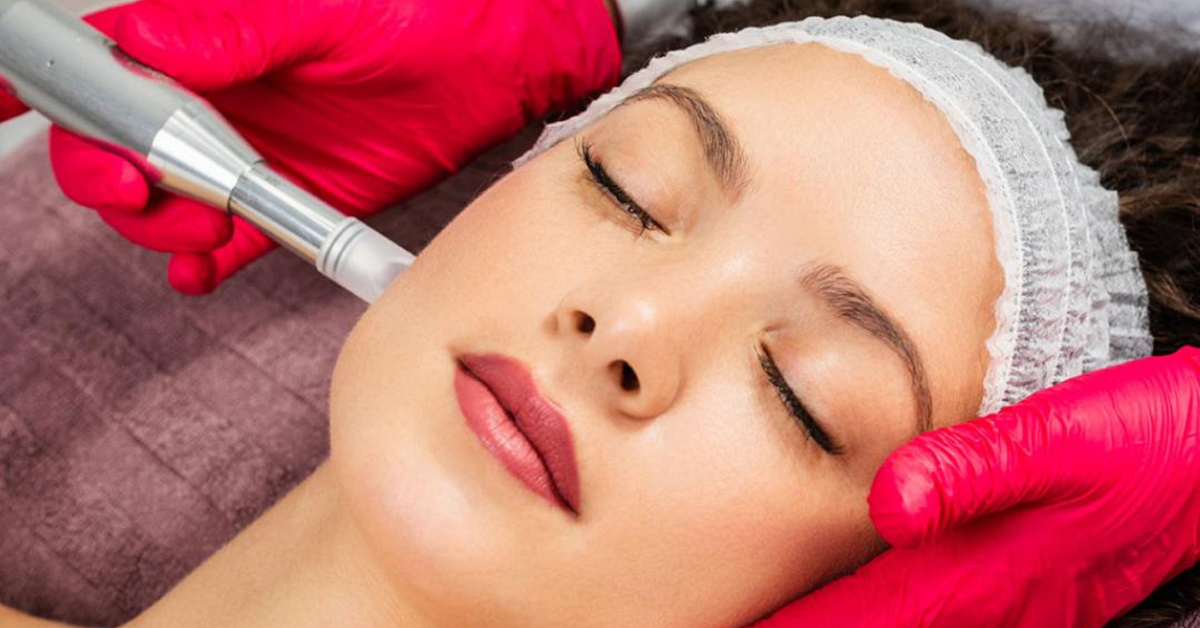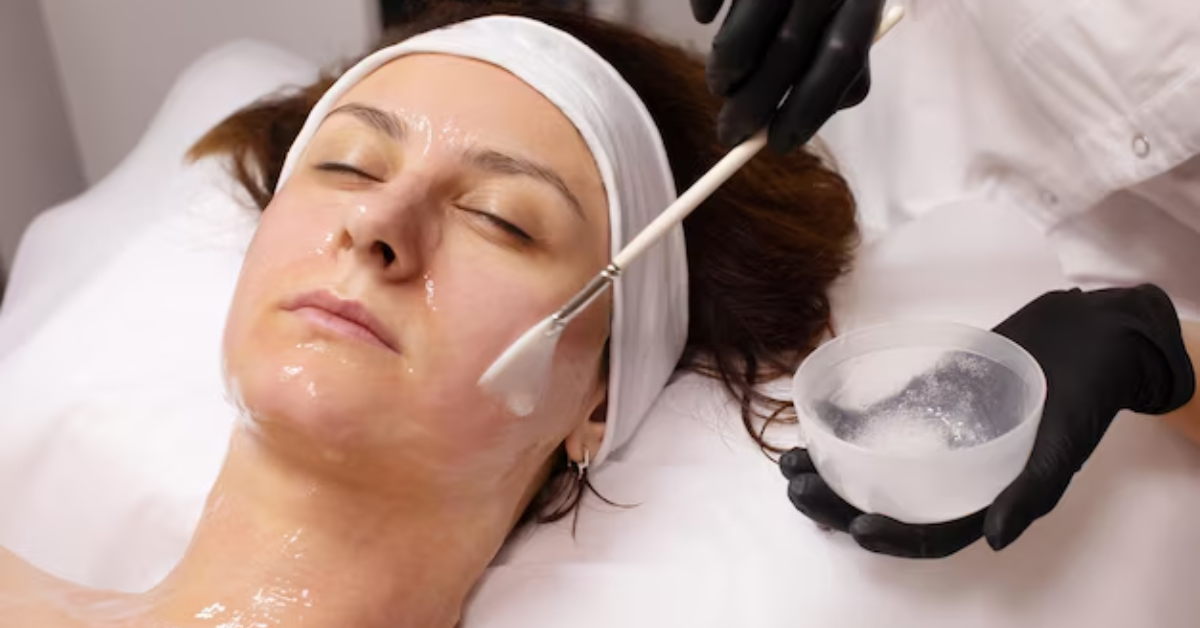How Often Should You Get a Detox Facial?
Skin detox facials are effective at deep-cleaning pores, removing toxins, and giving your skin a radiant boost. But one question people often ask is: How often should you get a detox facial? The answer depends on your skin type, lifestyle, and overall skincare goals. In this article, we’ll explore what a detox facial does, who should consider it, and how frequently it should be added to your skincare routine to maintain glowing, healthy skin.
What Is a Detox Facial?
A detox facial is a deep-cleansing treatment designed to eliminate impurities, toxins, and pollutants that accumulate on your skin due to environmental exposure, stress, or poor skincare habits. These facials usually involve exfoliation, steaming, extractions, detoxifying masks, and massage.
They are particularly effective for people with congested skin, dull complexion, or frequent breakouts, but even those with relatively clear skin can benefit from the deep purification it offers.
Why Is a Detox Facial Important?
Modern life exposes your skin to numerous toxins—pollution, dirt, makeup residue, and stress. Over time, these impurities clog your pores, leading to:
- Acne and breakouts
- Uneven skin tone
- Premature aging
- Dull and tired-looking skin
A detox facial helps by removing buildup, promoting blood circulation, and allowing your skin to breathe and rejuvenate. This not only improves your appearance but also enhances the effectiveness of other skincare products you use.
How Often Should You Get a Detox Facial?
While there's no one-size-fits-all answer, the general recommendation is to get a detox facial once every 4 to 6 weeks. This time frame aligns with your skin’s natural renewal cycle, which is typically about 28 days.
Factors That Determine Frequency
The ideal frequency for your detox facials depends on a variety of personal factors:
1. Skin Type
- Oily or acne-prone skin: Once every 3 to 4 weeks may help control breakouts and reduce oil buildup.
- Dry or sensitive skin: Every 6 to 8 weeks might be more appropriate to avoid irritation while still clearing out impurities.
- Combination skin: Once a month is a balanced approach to cater to both oily and dry zones.
2. Lifestyle
If you live in a highly polluted area, wear heavy makeup daily, or have a stressful routine, your skin may benefit from more frequent detox facials. These factors accelerate toxin accumulation, making regular cleansing even more important.
3. Age
As you age, your skin’s natural detoxification and renewal processes slow down. Incorporating detox facials every 4 to 6 weeks can help counteract dullness and fine lines by promoting cell turnover and collagen production.
4. Skin Conditions
If you're dealing with specific conditions like rosacea, eczema, or severe acne, consult a dermatologist before scheduling regular facials. Some ingredients used in detox facials may not be suitable for sensitive or compromised skin.
Can You Overdo It?
Yes, getting detox facials too frequently can strip your skin of its natural oils and disrupt its barrier function. Over-exfoliation and excessive extraction can lead to redness, dryness, and increased sensitivity.
Your skin needs time to heal and rebuild after a deep treatment. That’s why most professionals recommend waiting at least 3 to 4 weeks between sessions unless advised otherwise by a skincare expert.
What to Expect After a Detox Facial
After a detox facial, your skin may look slightly red, especially if extractions were performed. However, this typically subsides within a few hours. In the following days, you’ll notice:
- A brighter, clearer complexion
- Smaller-looking pores
- A smoother texture
- Reduced breakouts (if prone to acne)
To maintain these results, it’s important to hydrate, avoid heavy makeup, and use SPF daily. Follow-up care with antioxidant serums and gentle moisturizers can extend the benefits of your facial.
When to Schedule Your Next Appointment
If you're new to detox facials, consider starting with a monthly session for the first 2-3 months, and then adjust based on how your skin responds. A licensed esthetician can evaluate your skin and recommend a schedule tailored to your needs. Remember, consistency matters more than frequency. It’s better to stick to a sustainable schedule than to overindulge and irritate your skin.
Final Thoughts
Detox facials are a powerful addition to any skincare regimen. By removing toxins, deep-cleaning your pores, and reviving your skin, these facials offer both immediate and long-term benefits. The key is to get them at the right frequency—typically once a month—depending on your skin’s unique needs.
When done correctly, detox facials can restore your glow, prevent skin problems, and help your skin absorb other skincare products more effectively. Talk to a skincare professional to create a custom plan that keeps your complexion at its best—naturally radiant and toxin-free.

